The Crater
An innovative attempt to break a siege in the American Civil War still scars the earth today.
In June of 1864, during the American Civil War, Union forces began to siege the Confederate-controlled city of Petersburg, Virginia. Petersburg was an important railway hub, integral to keeping the Confederate army and their nearby capital of Richmond supplied, so they were desperate to hold onto the city. With Confederate forces well entrenched, Union leadership began looking for unconventional methods of breaking through the enemy’s barricades.
Some soldiers from Pennsylvania who had worked as miners before the war approached their commanders with a plan to take their efforts underground. They wanted to dig tunnels to a point below the Confederate fortifications, fill the end of the tunnels with explosives, and blow up a section of the Confederate line.
In the ensuing chaos, the Union could rush forward through the gap and capture the Confederate positions. The plan was sent up the chain of command to General Ulysses S. Grant, who was skeptical but allowed the digging of the tunnels to begin, mostly as a way to keep the troops occupied.
Mine shafts were dug from the Union side, across no-mans-land, to below the Confederate battlements. Word of the plan leaked to the other side, but it was dismissed by Confederate General Robert E. Lee as absurd. He eventually allowed for some half-hearted efforts to determine if there were Union tunnels under his position, but they were unsuccessful in discovering anything.
Once the tunnels were completed, soldiers began filling the ends with 8,000 pounds of gunpowder. In the meantime, troops were drilling on the plan two miles behind Union lines, out of site of the Confederate fortifications. The plan was to have a division of the United States Colored Troops lead the charge through the explosion-created gap and capture Confederate positions around the breach.
For two weeks, Union troops practiced this battle plan, but the day before the attack was ordered General George Meade demanded a change. Meade thought the whole operation was risky and worried about the political repercussions in the North if the battle didn’t go as planned and a division of Black troops were slaughtered, so he decided that the prepared Black division would be replaced with an unprepared white division.
On July 30th, at 4:44 a.m., the Union detonated the explosives hidden below the Confederate lines. The explosion immediately killed 278 Confederate soldiers and created a crater 170 feet long, 120 feet wide, and 30 feet deep. As planned, the Confederate army was thrown into disarray. The Union army failed to capitalize on this, however.
The original battle plan had been for Union soldiers to rush around the outside of the crater, but the unprepared troops instead charged into the crater, where they were easily picked off by Confederate soldiers from above. After several hours, the surviving Union troops retreated in defeat and the siege of Petersburg would continue for eight more months.
Today, the scar left in the earth from the creative attempt to break the siege is simply called “The Crater.” Restored entrances to the mine shafts are visible and are preserved in the Petersburg National Battlefield Park.
Know Before You Go
The Petersburg National Battlefield Park is open every day, except for major holidays, year round.
Community Contributors
Added by
Edited by
Plan Your Trip
The Atlas Obscura Podcast is Back!




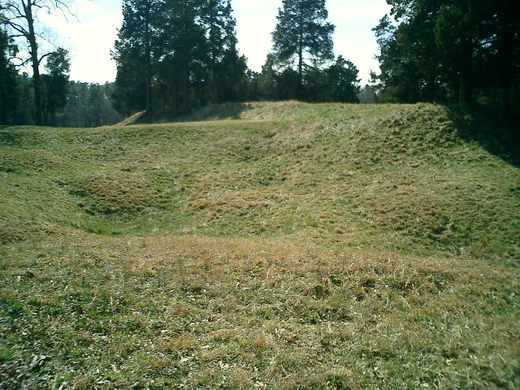
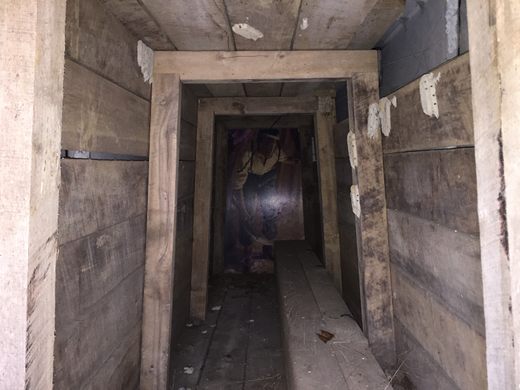

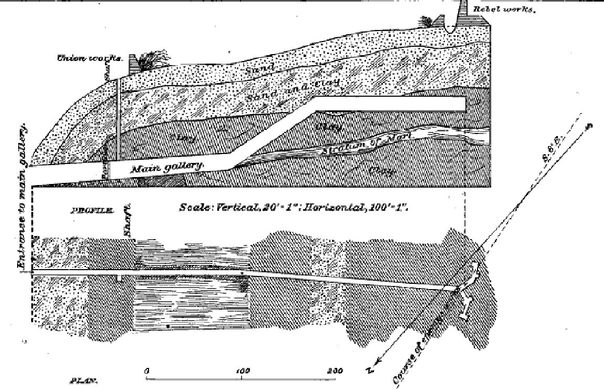



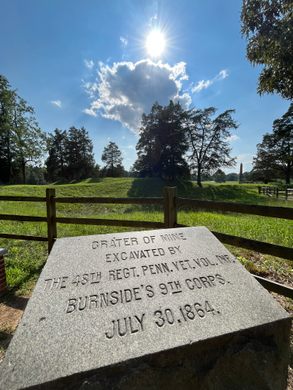













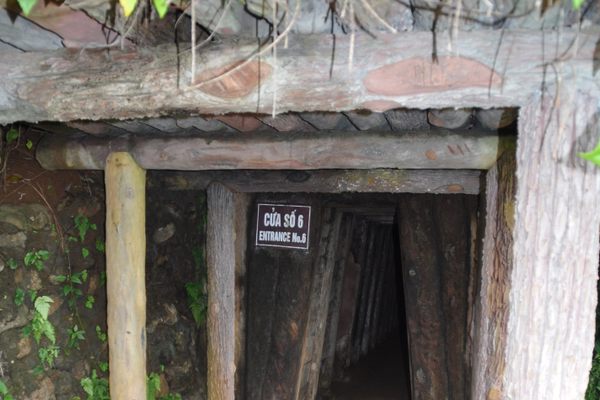

Follow us on Twitter to get the latest on the world's hidden wonders.
Like us on Facebook to get the latest on the world's hidden wonders.
Follow us on Twitter Like us on Facebook